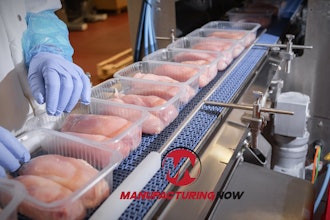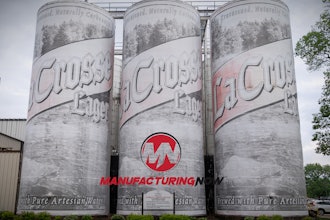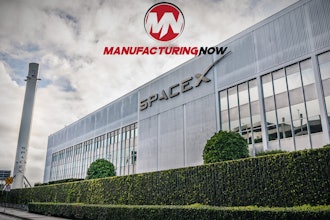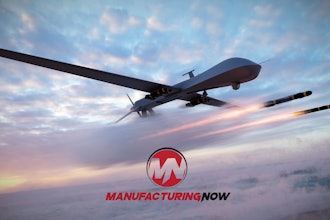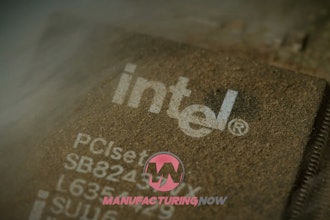When the Brightline – America’s first privately owned commuter train – was first unveiled in Florida in 2018, hopes were high for a mode of transportation between Miami and West Palm Beach that was safe, reliable and fast. But since then, the safety part has been up for debate, as Brightline trains have been involved in 68 fatalities in just four and a half years of operation, which included a 19 month shutdown due to COVID.
This puts Brightline as, by far, the deadliest train line in America, with a death occurring for every 37,000 miles traveled. For perspective, the Miami Herald says the next deadliest line – San Francisco’s CalTrain – logs one death every 105,000 miles.
Train experts have been blaming the increase in fatalities related to Brightline crashes to a combination of factors that result in more cars colliding with the train. They say the high rate of speed, combined with certain Brightline tracks being situated in a dense urban area was leading to challenges with auto drivers who weren’t used to interacting with a train that zips through heavily populated areas.
Brightline believes many of the crashes with vehicles are intentional acts of drivers taking their own lives, but recent reports say poor infrastructure is more likely to blame. The Florida Bulldog says Brightline initially declined to add additional recommended safety measures including sealed gates and increased signage at crossings – additions they eventually decided to incorporate into the second phase of the train’s development.
But that’s not all that’s being added. Right now Brightline’s top speed through urban areas is 79 miles per hour, but a plan is reportedly in place to soon reach higher speeds in something being referred to as “higher speed rail.” And it’s the combination of speed and an unusually high number of street level crossings that force the train to contend with vehicle drivers that may make this a difficult problem to solve.
Says Jalopnik, “There’s only so much design can do when the inherent nature of the area is so hazardous for an 80 mph train to operate. It may just be that public transit is too crucial to public safety to be privatized.”








